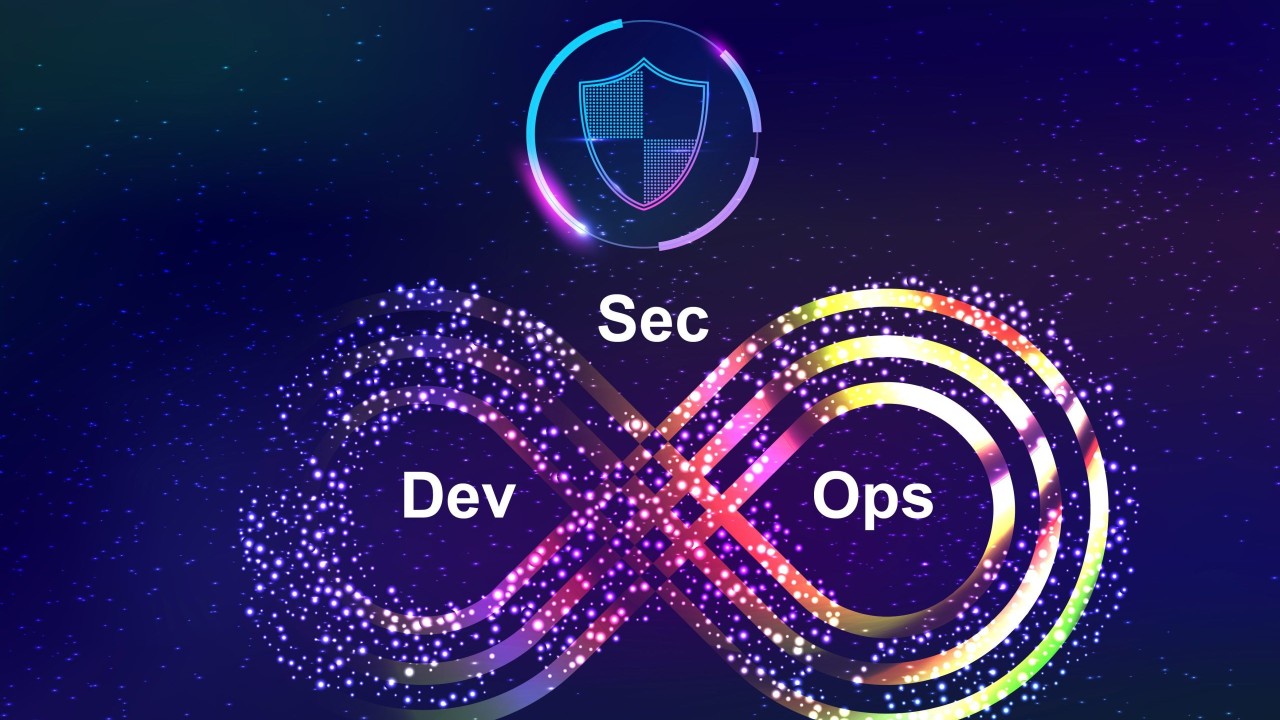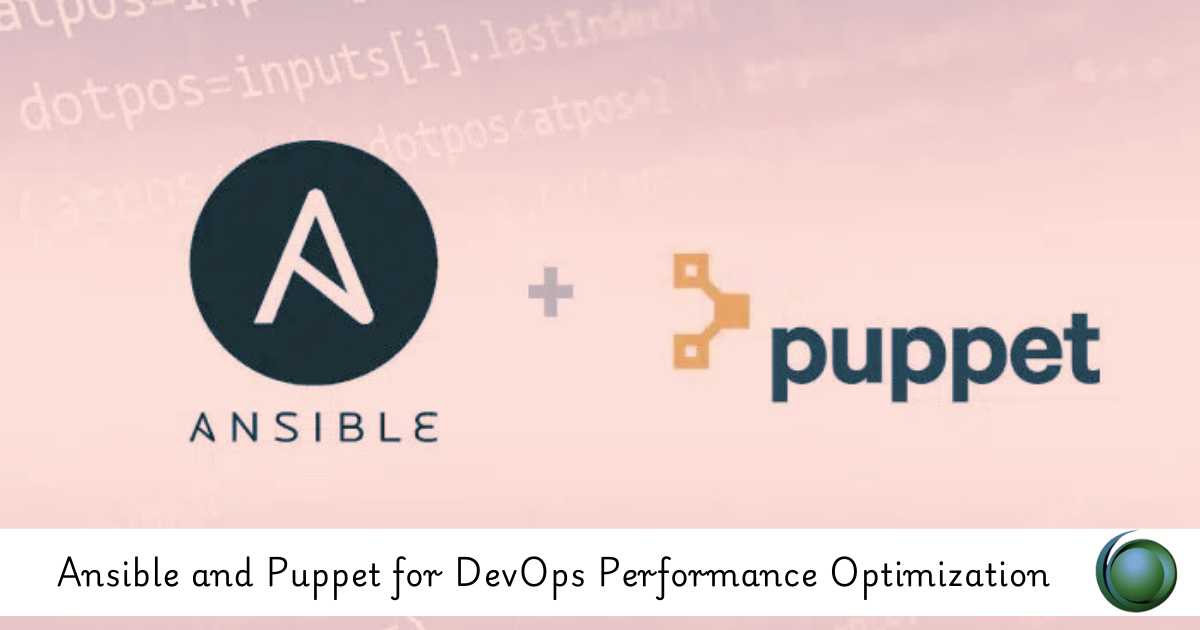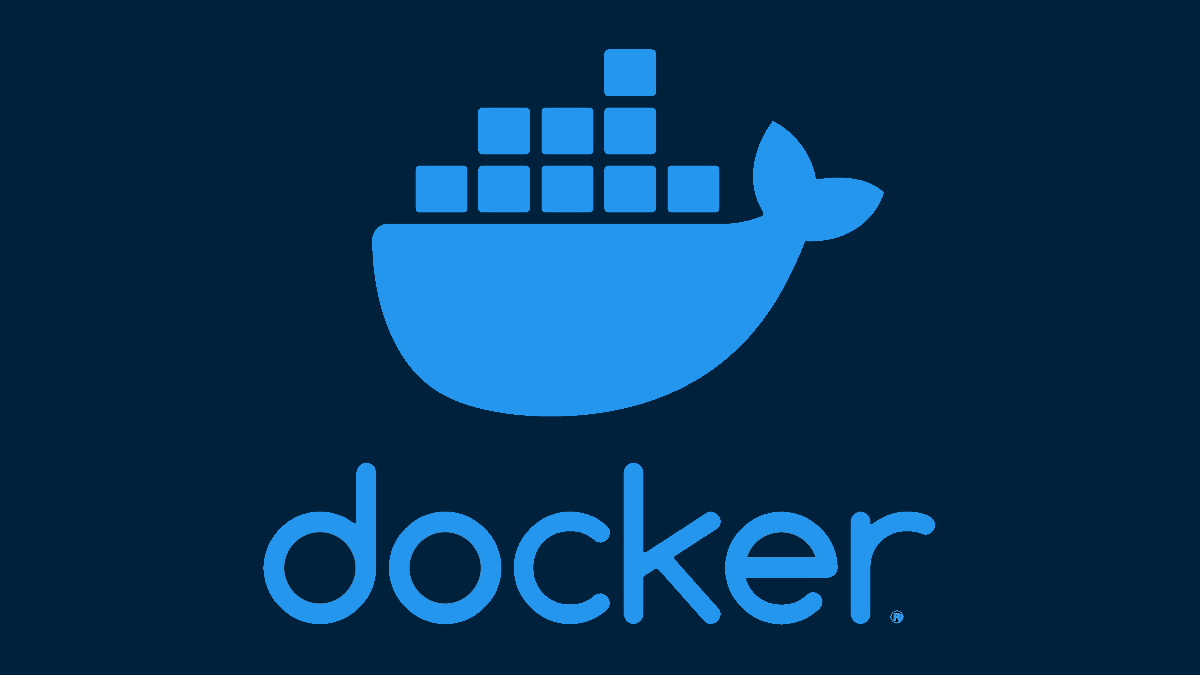1: Introduction to Threat Modeling in DevSecOps
1.1 What is Threat Modeling?
1.2 Overview of Threat Modeling and Its Importance in Secure Software Development
1.3 Threat Modeling in the SDLC
1.4 Where and How Threat Modeling Fits into the DevSecOps Lifecycle
1.5 Common Threat Modeling Frameworks
1.6 Overview of STRIDE, PASTA, and LINDDUN Models
1.7 Hands-On: Introduction to the STRIDE Framework
2: Building Threat Models
2.1 Identifying Assets and Attack Vectors
2.2 Understanding Assets and Attack Vectors in Your Application
2.3 Data Flow Diagrams (DFDs) for Threat Modeling
2.4 How to Use DFDs to Visualize and Analyze Potential Security Threats
2.5 Creating an Effective Threat Model
2.6 Best Practices for Building and Maintaining Threat Models
2.7 Hands-On: Creating a Threat Model for a Sample Application
3: Identifying and Classifying Threats
3.1 Types of Security Threats
3.2 Overview of Various Types of Security Threats (e.g., XSS, SQL Injection, DoS)
3.3 Classifying and Prioritizing Threats
3.4 How to Assess Threat Severity and Prioritize Based on Risk
3.5 Automated Threat Identification
3.6 Tools and Techniques for Automating Threat Discovery
3.7 Hands-On: Threat Identification and Classification for an Application
4: Risk Management in DevSecOps
4.1 Understanding Risk in DevSecOps
4.2 Introduction to Risk Management in the Context of Security and DevOps
4.3 Key Risk Management Concepts
4.4 Risk Assessment, Mitigation Strategies, and Risk Monitoring
4.5 Risk Tolerance and Appetite
4.6 Defining Acceptable Risk Levels for Your Organization
4.7 Hands-On: Conducting a Risk Assessment in a DevOps Environment
5: Implementing Risk Mitigation Strategies
5.1 Mitigating Risks in CI/CD Pipelines
5.2 Practical Strategies for Reducing Security Risks in Continuous Integration and Delivery
5.3 Risk-Based Security Testing
5.4 Customizing Security Tests Based on Risk Assessments
5.5 Automating Risk Mitigation
5.6 Using Automation Tools to Continuously Manage Risks in DevSecOps Pipelines
5.7 Hands-On: Implementing Risk-Based Testing in CI/CD
6: Continuous Risk Monitoring and Auditing
6.1 Setting Up Risk Monitoring in DevSecOps
6.2 Techniques for Continuously Monitoring Security Risks in Production
6.3 Security Auditing and Compliance Automation
6.4 Implementing Automated Security Audits for Compliance Standards (e.g., GDPR, HIPAA)
6.5 Responding to Security Incidents
6.6 Best Practices for Incident Response and Post-Incident Reviews
6.7 Hands-On: Setting Up Risk Monitoring and Automated Auditing in CI/CD
7: Tools for Threat Modeling and Risk Management
7.1 Overview of Threat Modeling Tools
7.2 Tools Like Microsoft Threat Modeling Tool, OWASP Threat Dragon, and Others
7.3 Risk Management Tools in DevSecOps
7.4 Tools Such as RiskWatch, Archer, and Service-Specific Integrations in Jenkins, GitLab
7.5 Case Study: Real-World Implementation of Threat Modeling and Risk Management
7.6 Hands-On: Using a Threat Modeling Tool in a CI/CD Environment
8: Advanced Techniques and Future Trends
8.1 Advanced Threat Modeling Techniques
8.2 Using AI and Machine Learning for Predictive Threat Modeling
8.3 Proactive Risk Management
8.4 Moving from Reactive to Proactive Approaches in Risk Mitigation
8.5 Future Trends in DevSecOps Security
8.6 Emerging Trends in DevSecOps, Threat Modeling, and Risk Management
8.7 Hands-On: Implementing Advanced Threat Modeling Techniques for a Cloud-Native Application







Reviews
There are no reviews yet.